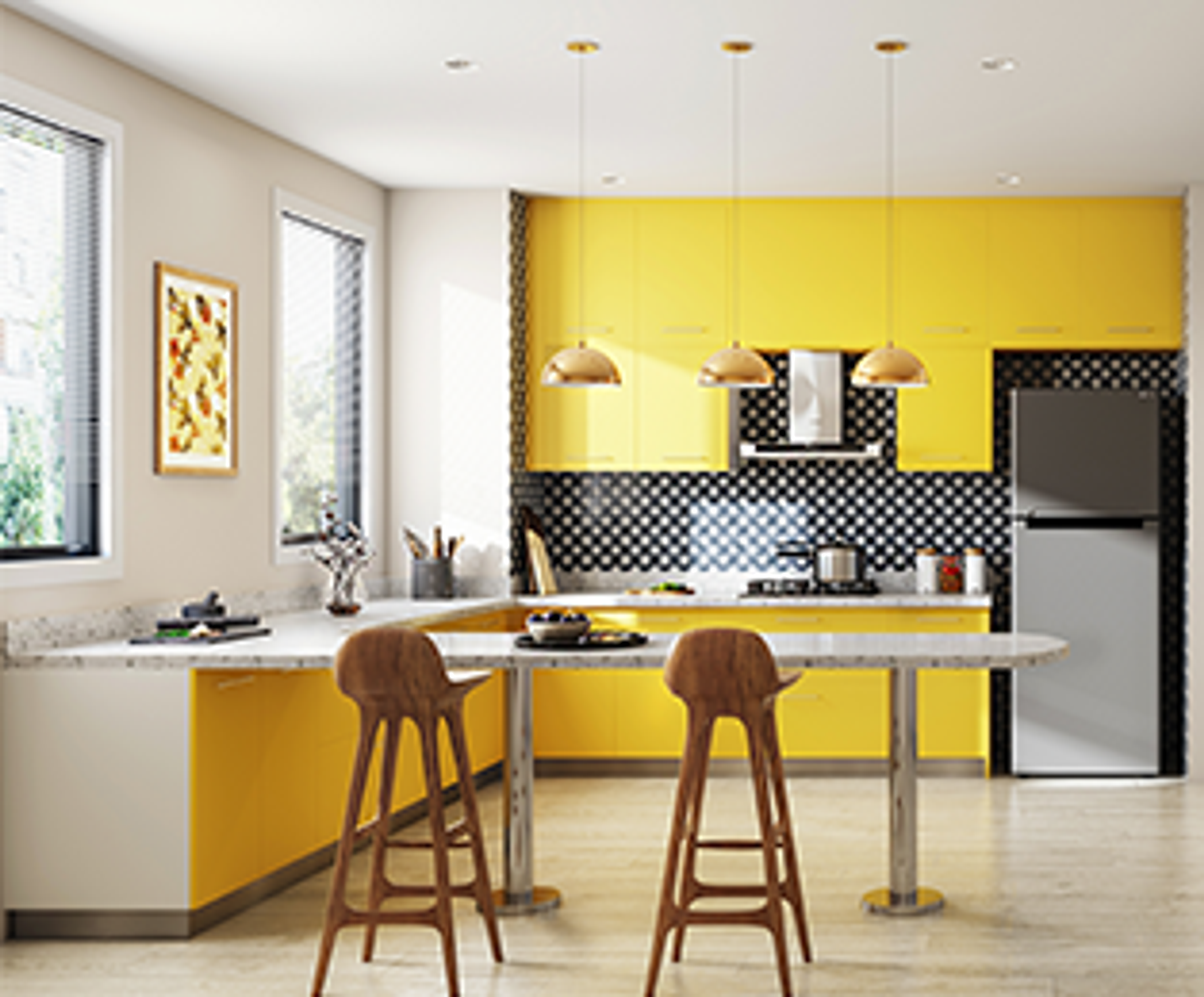Transform Your Home With Crucial Concepts of Interior Decoration and Visual Appeals
By understanding the influence of color concept and the value of texture and patterns, one can produce spaces that are not just aesthetically attractive yet also deeply personal. Accomplishing this stability entails more than simple decor; it includes a tactical plan and an eager understanding of exactly how each element connects within an area.
Recognizing Shade Theory
Understanding the concepts of shade theory allows developers to produce spaces that resonate mentally with owners while satisfying practical demands. Each category plays a crucial duty in developing harmony within a space.
The emotional impact of colors is extensive; warm hues such as reds and oranges evoke energy and heat, while great tones like blues and environment-friendlies advertise peace and tranquility. In addition, using corresponding shades improves visual rate of interest, creating striking contrasts that can elevate an area's allure.
Neutral shades, on the other hand, work as a versatile background, allowing various other design aspects to radiate. It is important to think about factors such as lighting and the room's purpose when selecting a shade palette, as these can change the understanding of colors throughout the day.
Inevitably, a well-considered color design can transform an area, fostering a feeling of comfort and style that lines up with the citizens' choices. Mastery of shade concept is, as a result, a vital ability for any type of interior designer intending to create harmonious and inviting settings.
Achieving Equilibrium in Style
Just how can designers attain a sense of balance in their rooms? Achieving equilibrium in design is basic to developing harmonious interiors. Developers can use three main kinds of balance: symmetrical, unbalanced, and radial. Symmetrical equilibrium involves preparing elements evenly around a main factor, promoting a feeling of order and harmony. This type commonly includes pairs of furnishings or art work, improving aesthetic security.
Unbalanced equilibrium, on the various other hand, relies upon differing aspects that still accomplish a natural appearance. This approach allows for even more dynamic and casual plans, supplying interest while maintaining balance. By meticulously picking differing dimensions, shades, and textures, designers can develop a visually compelling room that feels well balanced yet energetic.
Radial balance highlights a central focal point with components emitting outward. This design is commonly seen in round layouts, where furnishings and decor produce a natural border that draws the eye inward.
Ultimately, achieving equilibrium needs thoughtful consideration of scale, proportion, and the relationships in between aspects. interior design firms. By masterfully applying these equilibrium principles, designers can change spaces into atmospheres that really feel both visually pleasing and functionally harmonious, improving the total experience for passengers
Importance of Spatial Recognition

A keen feeling of spatial recognition enables developers to identify prime focus within a room, leading the customer's interest to vital functions while maintaining a general feeling of unity. It additionally assists in the tactical placement of lighting, which can considerably affect the assumption of area and mood. Moreover, comprehending spatial partnerships allows the developer to cater to the particular demands of residents, making sure that each area offers its desired objective without endangering visual appeals.
Inevitably, spatial awareness is essential for making best use of the possibility of any kind of interior space. By very carefully thinking about the interaction between dimensions, format, and function, developers can develop atmospheres that not just meet practical needs but also evoke a sense of comfort and elegance, enhancing the overall living experience.
Integrating Structure and Patterns
Welcoming a varied variety of appearances and patterns can substantially boost the visual and responsive appeal of an interior room. The calculated use of different materials-- such as timber, metal, material, and stone-- produces depth and passion, making an area feel extra welcoming and vibrant. Integrating smooth surface areas with harsh structures can establish an equilibrium that attracts the eye and involves the detects.
When incorporating patterns, consider both scale and rep. Huge patterns can serve as prime focus, while smaller, subtle designs can complement other aspects without frustrating the room. Layering patterns, such as pairing flower cushions with candy striped tosses, adds intricacy and a sense of harmony if implemented thoughtfully.
It is also vital to keep a natural shade combination, guaranteeing that structures and patterns collaborate as opposed to compete for interest. By selecting a couple of key textures and patterns, you can develop a More about the author combined visual that reflects your individual style while improving the total atmosphere of the room. Eventually, the careful unification of these aspects can transform a mundane area right into an innovative environment abundant with personality and heat.
Individualizing Your Area
Producing a space that reflects your character is vital to achieving an absolutely welcoming environment. Customization in interior decoration allows you to instill your distinct design and interests right into your home, changing it from a plain sanctuary right into a haven that talks with who you are. Begin by choosing a color combination that resonates with your emotions-- vibrant shades can stimulate, while soft tones offer harmony.
Incorporate art work and decor that reflect your passions, whether it be travel, nature, or abstract ideas. Showing personal collections, such as publications, pictures, or souvenirs, can evoke cherished memories and produce focal factors within an area. Furthermore, consider personalizing useful items, like upholstered furnishings, to align with your visual choices.

Verdict
Finally, the transformation of a home through the important concepts of interior decoration and looks demands a comprehensive understanding of shade concept, equilibrium, spatial understanding, texture, and customization. Each element contributes substantially to developing an unified and functional living environment - miami luxury interior design. By attentively incorporating these concepts, people can improve the a fantastic read aesthetic charm and psychological resonance of their areas, eventually cultivating a home that reflects distinct identities while providing convenience and usefulness